Instruction
The 3 most important areas of your golf body
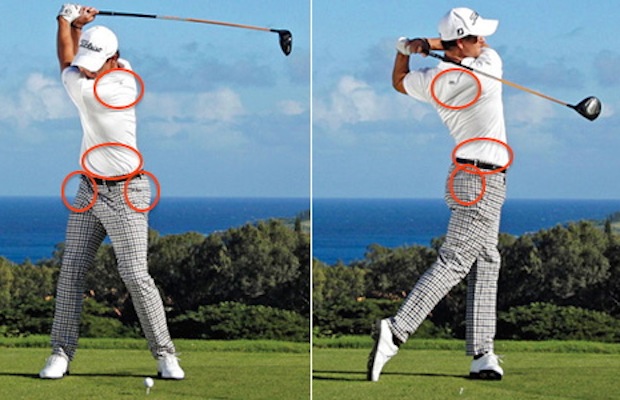
This story is part of our new “GolfWRX Guides,” a how-to series created by our Featured Writers and Contributors — passionate golfers and golf professionals in search of answers to golf’s most-asked questions.
What are the three most important areas of your body for golf? They are:
- The Hips/Glutes
- The Core/Pelvis
- The Scapula (shoulder blades)/Upper Back
Why are they important?
We focus on these three parts of the body because they are key to you golf swing — no surprise there! The reason they are key to your swing is that they are the three areas that have the biggest influence over what the club does. If the three key areas work properly then we have a better chance of making a repeatable and bio-mechanically efficient swing. You know, the kind of swing that repeats time after time and doesn’t require a lot of timing and manipulation from the hands. That swing is more likely to produce a consistent strike and better control over the golf ball.
Each key area requires a certain amount of both mobility and stability — mobility from the joints, stability from the muscles. This means that we can achieve the required range of motion (mobility), but with complete control and awareness of how the key area is moving (stability).
Before we look at each area individually, it is a good idea to get comfortable with the idea that during the golf swing, each movement of the body has an influence over another part of body. It’s a domino effect and is sometimes referred to as the kinematic sequence or kinetic chain of the golf swing. This principle is especially relevant to the three key areas as they have a very large influence on the rest of the body and ultimately the club head and your golf ball.
Let’s examine each area and talk about how we want them to function and what effect they have on our swing.
Key Area No. 1: The Hips/Glutes
Mobility
The key to hip mobility is internal rotation; this is where your femur (thigh bone) rotates inwardly in your pelvis. If you are a right-handed golfer, then you make this movement in the right hip in the back swing and then in the left hip in your follow-through (see image 2). The opposite is true for lefties, of course.
We want a nice full range of motion in this movement so we can make a full hip turn both on the way back and on the way through. This hip turn is important because the amount of rotation we get affects the amount of trunk/shoulder turn, which also has domino-like effects further up the chain.
Stability
Our hips are stabilized by our glute (butt) muscles. If these muscles work properly, then we can control our hips and get them turning — not only to full range of motion, but also in the right direction and prevent non-efficient movements like lateral hip sway and slide (see figure 3). Good quality hip rotation will control where the hips are positioned in the golf swing and therefore where the trunk and shoulders are positioned and so on up the chain.
Key Area No. 2: The Core/Pelvis
Mobility
The range of motion in the pelvis is mainly relative to pelvic tilt, both forward and back (see figure 5). We want good range in this movement because our pelvis has to go into a degree of forward and backward tilt during the swing. Any restrictions here can lead to a poor spine position in the swing and the associated compensations having to be made by the arms and hands (see figure 6).
Stability
Good core stability is crucial to not only efficient movements during the swing, but also to the health of our lower back and spine. Our core muscles are essentially the support system for our spine and we need to get them to a good level of stability, strength and awareness. Then we will have some solid protection for our lower back during the golf swing, which imparts considerable load and strain on our bodies. With great core stability, we can also control the pelvic tilt we talked about earlier and maintain a good spinal posture throughout your swing.
Key Area No. 3: Scapula (shoulder blades)/Upper Back
Mobility
There are two things to cover here — rotational mobility in the upper back and mobility of the shoulder.
It’s no secret that we need to be able to rotate the upper back in order to make a decent shoulder turn. Without a good shoulder turn (between 75 and 100 degrees, depending on who you speak to) then you will either have a very short backswing, or you will make an inefficient movement somewhere else in the body to gain the required rotation (see image no. 8 for a typical lower body collapse compensation).
The key range of motion at the shoulder is external rotation (see image 9), we need good range here (more than 10 degrees) in order to set the club on plane.
Stability
The scapula has a huge influence on the movement and function of the shoulder, which affects the elbow, the wrist and ultimately the club. We can have fantastic range of motion in the shoulder, but if we are lacking control of the scapula then it is really difficult to get the club set in the right position and yep, you guessed it – we have to make an inefficient compensation somewhere else to do so.
With any luck, you now have a solid understanding as to why it is so important to have a combination of good mobility and solid stability in each segment. It might also be worth checking out the video summary below.
Video Summary
For a more in-depth guide to the common issues in these key parts of the body and some simple corrective exercises and videos, go to my website and sign up for the free ebook “3 Key Areas of Your Golf Body.”
Instruction
The Wedge Guy: Beating the yips into submission

There may be no more painful affliction in golf than the “yips” – those uncontrollable and maddening little nervous twitches that prevent you from making a decent stroke on short putts. If you’ve never had them, consider yourself very fortunate (or possibly just very young). But I can assure you that when your most treacherous and feared golf shot is not the 195 yard approach over water with a quartering headwind…not the extra tight fairway with water left and sand right…not the soft bunker shot to a downhill pin with water on the other side…No, when your most feared shot is the remaining 2- 4-foot putt after hitting a great approach, recovery or lag putt, it makes the game almost painful.
And I’ve been fighting the yips (again) for a while now. It’s a recurring nightmare that has haunted me most of my adult life. I even had the yips when I was in my 20s, but I’ve beat them into submission off and on most of my adult life. But just recently, that nasty virus came to life once again. My lag putting has been very good, but when I get over one of those “you should make this” length putts, the entire nervous system seems to go haywire. I make great practice strokes, and then the most pitiful short-stroke or jab at the ball you can imagine. Sheesh.
But I’m a traditionalist, and do not look toward the long putter, belly putter, cross-hand, claw or other variation as the solution. My approach is to beat those damn yips into submission some other way. Here’s what I’m doing that is working pretty well, and I offer it to all of you who might have a similar affliction on the greens.
When you are over a short putt, forget the practice strokes…you want your natural eye-hand coordination to be unhindered by mechanics. Address your putt and take a good look at the hole, and back to the putter to ensure good alignment. Lighten your right hand grip on the putter and make sure that only the fingertips are in contact with the grip, to prevent you from getting to tight.
Then, take a long, long look at the hole to fill your entire mind and senses with the target. When you bring your head/eyes back to the ball, try to make a smooth, immediate move right into your backstroke — not even a second pause — and then let your hands and putter track right back together right back to where you were looking — the HOLE! Seeing the putter make contact with the ball, preferably even the forward edge of the ball – the side near the hole.
For me, this is working, but I am asking all of you to chime in with your own “home remedies” for the most aggravating and senseless of all golf maladies. It never hurts to have more to fall back on!
Instruction
Looking for a good golf instructor? Use this checklist

Over the last couple of decades, golf has become much more science-based. We measure swing speed, smash factor, angle of attack, strokes gained, and many other metrics that can really help golfers improve. But I often wonder if the advancement of golf’s “hard” sciences comes at the expense of the “soft” sciences.
Take, for example, golf instruction. Good golf instruction requires understanding swing mechanics and ball flight. But let’s take that as a given for PGA instructors. The other factors that make an instructor effective can be evaluated by social science, rather than launch monitors.
If you are a recreational golfer looking for a golf instructor, here are my top three points to consider.
1. Cultural mindset
What is “cultural mindset? To social scientists, it means whether a culture of genius or a culture of learning exists. In a golf instruction context, that may mean whether the teacher communicates a message that golf ability is something innate (you either have it or you don’t), or whether golf ability is something that can be learned. You want the latter!
It may sound obvious to suggest that you find a golf instructor who thinks you can improve, but my research suggests that it isn’t a given. In a large sample study of golf instructors, I found that when it came to recreational golfers, there was a wide range of belief systems. Some instructors strongly believed recreational golfers could improve through lessons. while others strongly believed they could not. And those beliefs manifested in the instructor’s feedback given to a student and the culture created for players.
2. Coping and self-modeling can beat role-modeling
Swing analysis technology is often preloaded with swings of PGA and LPGA Tour players. The swings of elite players are intended to be used for comparative purposes with golfers taking lessons. What social science tells us is that for novice and non-expert golfers, comparing swings to tour professionals can have the opposite effect of that intended. If you fit into the novice or non-expert category of golfer, you will learn more and be more motivated to change if you see yourself making a ‘better’ swing (self-modeling) or seeing your swing compared to a similar other (a coping model). Stay away from instructors who want to compare your swing with that of a tour player.
3. Learning theory basics
It is not a sexy selling point, but learning is a process, and that process is incremental – particularly for recreational adult players. Social science helps us understand this element of golf instruction. A good instructor will take learning slowly. He or she will give you just about enough information that challenges you, but is still manageable. The artful instructor will take time to decide what that one or two learning points are before jumping in to make full-scale swing changes. If the instructor moves too fast, you will probably leave the lesson with an arm’s length of swing thoughts and not really know which to focus on.
As an instructor, I develop a priority list of changes I want to make in a player’s technique. We then patiently and gradually work through that list. Beware of instructors who give you more than you can chew.
So if you are in the market for golf instruction, I encourage you to look beyond the X’s and O’s to find the right match!
Instruction
What Lottie Woad’s stunning debut win teaches every golfer

Most pros take months, even years, to win their first tournament. Lottie Woad needed exactly four days.
The 21-year-old from Surrey shot 21-under 267 at Dundonald Links to win the ISPS Handa Women’s Scottish Open by three shots — in her very first event as a professional. She’s only the third player in LPGA history to accomplish this feat, joining Rose Zhang (2023) and Beverly Hanson (1951).
But here’s what caught my attention as a coach: Woad didn’t win through miraculous putting or bombing 300-yard drives. She won through relentless precision and unshakeable composure. After watching her performance unfold, I’m convinced every golfer — from weekend warriors to scratch players — can steal pages from her playbook.
Precision Beats Power (And It’s Not Even Close)
Forget the driving contests. Woad proved that finding greens matters more than finding distance.
What Woad did:
• Hit it straight, hit it solid, give yourself chances
• Aimed for the fat parts of greens instead of chasing pins
• Let her putting do the talking after hitting safe targets
• As she said, “Everyone was chasing me today, and managed to maintain the lead and played really nicely down the stretch and hit a lot of good shots”
Why most golfers mess this up:
• They see a pin tucked behind a bunker and grab one more club to “go right at it”
• Distance becomes more important than accuracy
• They try to be heroic instead of smart
ACTION ITEM: For your next 10 rounds, aim for the center of every green regardless of pin position. Track your greens in regulation and watch your scores drop before your swing changes.
The Putter That Stayed Cool Under Fire
Woad started the final round two shots clear and immediately applied pressure with birdies at the 2nd and 3rd holes. When South Korea’s Hyo Joo Kim mounted a charge and reached 20-under with a birdie at the 14th, Woad didn’t panic.
How she responded to pressure:
• Fired back with consecutive birdies at the 13th and 14th
• Watched Kim stumble with back-to-back bogeys
• Capped it with her fifth birdie of the day at the par-5 18th
• Stayed patient when others pressed, pressed when others cracked
What amateurs do wrong:
• Get conservative when they should be aggressive
• Try to force magic when steady play would win
• Panic when someone else makes a move
ACTION ITEM: Practice your 3-6 foot putts for 15 minutes after every range session. Woad’s putting wasn’t spectacular—it was reliable. Make the putts you should make.
Course Management 101: Play Your Game, Not the Course’s Game
Woad admitted she couldn’t see many scoreboards during the final round, but it didn’t matter. She stuck to her game plan regardless of what others were doing.
Her mental approach:
• Focused on her process, not the competition
• Drew on past pressure situations (Augusta National Women’s Amateur win)
• As she said, “That was the biggest tournament I played in at the time and was kind of my big win. So definitely felt the pressure of it more there, and I felt like all those experiences helped me with this”
Her physical execution:
• 270-yard drives (nothing flashy)
• Methodical iron play
• Steady putting
• Everything effective, nothing spectacular
ACTION ITEM: Create a yardage book for your home course. Know your distances to every pin, every hazard, every landing area. Stick to your plan no matter what your playing partners are doing.
Mental Toughness Isn’t Born, It’s Built
The most impressive part of Woad’s win? She genuinely didn’t expect it: “I definitely wasn’t expecting to win my first event as a pro, but I knew I was playing well, and I was hoping to contend.”
Her winning mindset:
• Didn’t put winning pressure on herself
• Focused on playing well and contending
• Made winning a byproduct of a good process
• Built confidence through recent experiences:
- Won the Women’s Irish Open as an amateur
- Missed a playoff by one shot at the Evian Championship
- Each experience prepared her for the next
What this means for you:
• Stop trying to shoot career rounds every time you tee up
• Focus on executing your pre-shot routine
• Commit to every shot
• Stay present in the moment
ACTION ITEM: Before each round, set process goals instead of score goals. Example: “I will take three practice swings before every shot” or “I will pick a specific target for every shot.” Let your score be the result, not the focus.
The Real Lesson
Woad collected $300,000 for her first professional victory, but the real prize was proving that fundamentals still work at golf’s highest level. She didn’t reinvent the game — she simply executed the basics better than everyone else that week.
The fundamentals that won:
• Hit more fairways
• Find more greens
• Make the putts you should make
• Stay patient under pressure
That’s something every golfer can do, regardless of handicap. Lottie Woad just showed us it’s still the winning formula.
FINAL ACTION ITEM: Pick one of the four action items above and commit to it for the next month. Master one fundamental before moving to the next. That’s how champions are built.
PGA Professional Brendon Elliott is an award-winning coach and golf writer. You can check out his writing work and learn more about him by visiting BEAGOLFER.golf and OneMoreRollGolf.com. Also, check out “The Starter” on RG.org each Monday.
Editor’s note: Brendon shares his nearly 30 years of experience in the game with GolfWRX readers through his ongoing tip series. He looks forward to providing valuable insights and advice to help golfers improve their game. Stay tuned for more Tips!












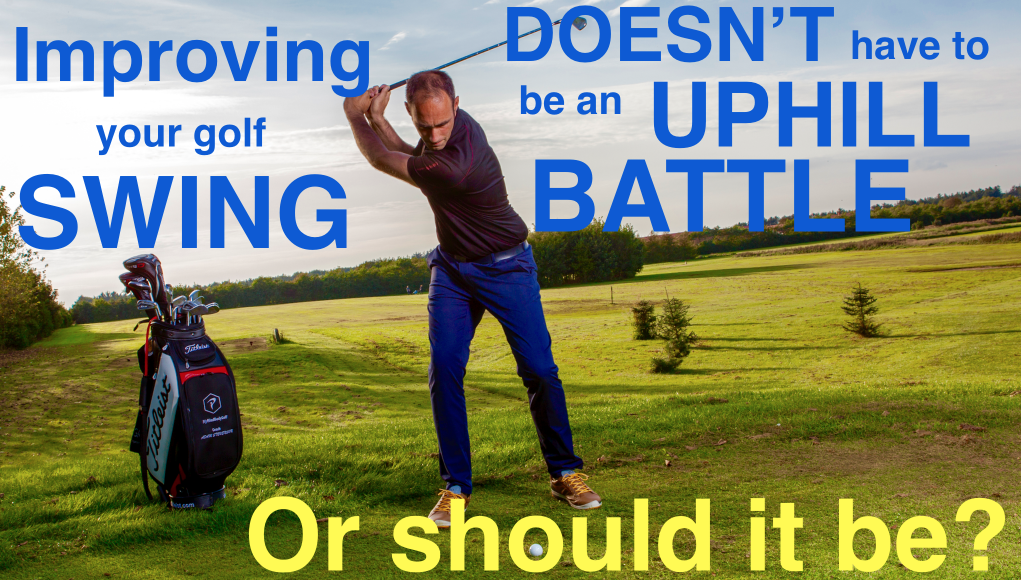
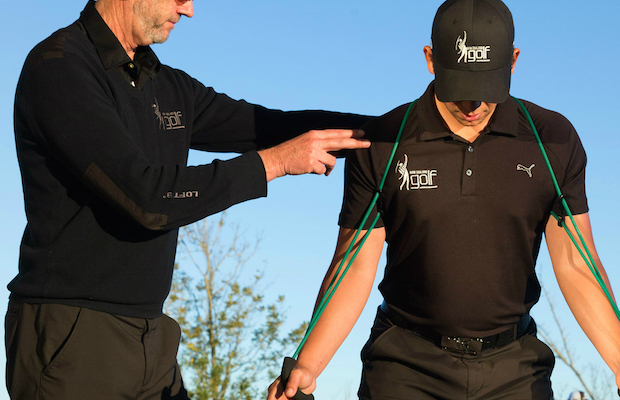
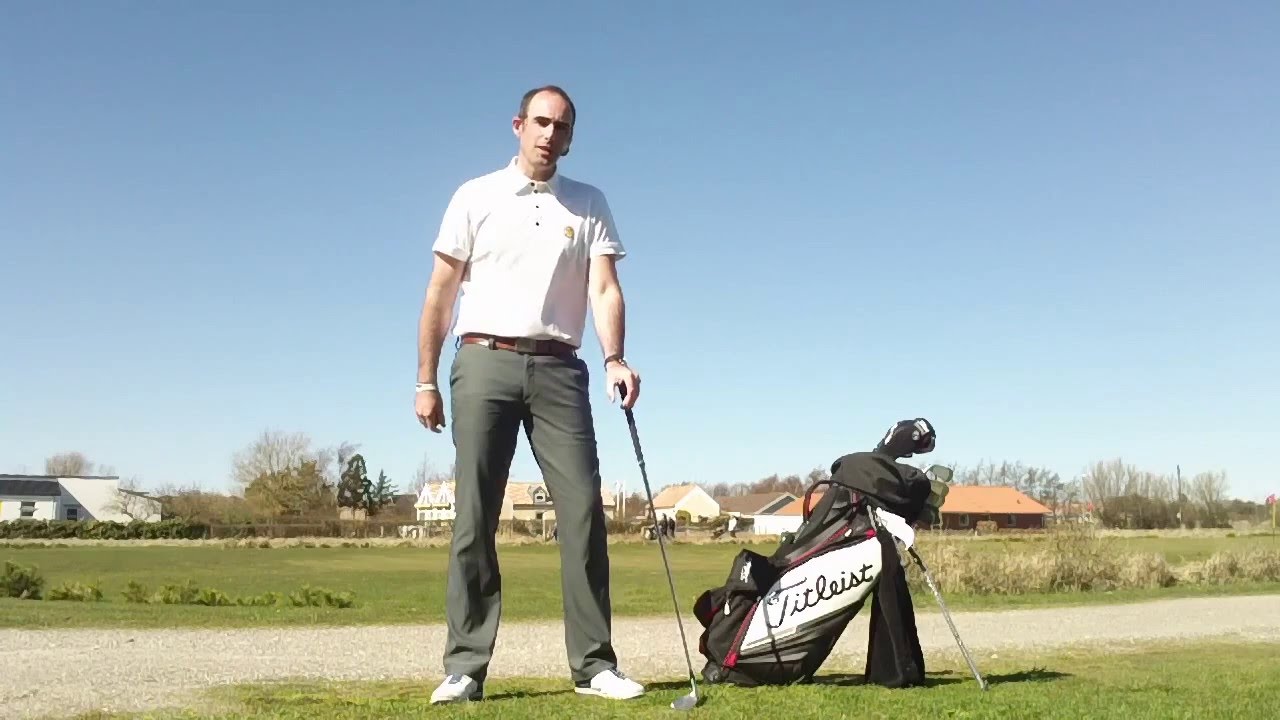
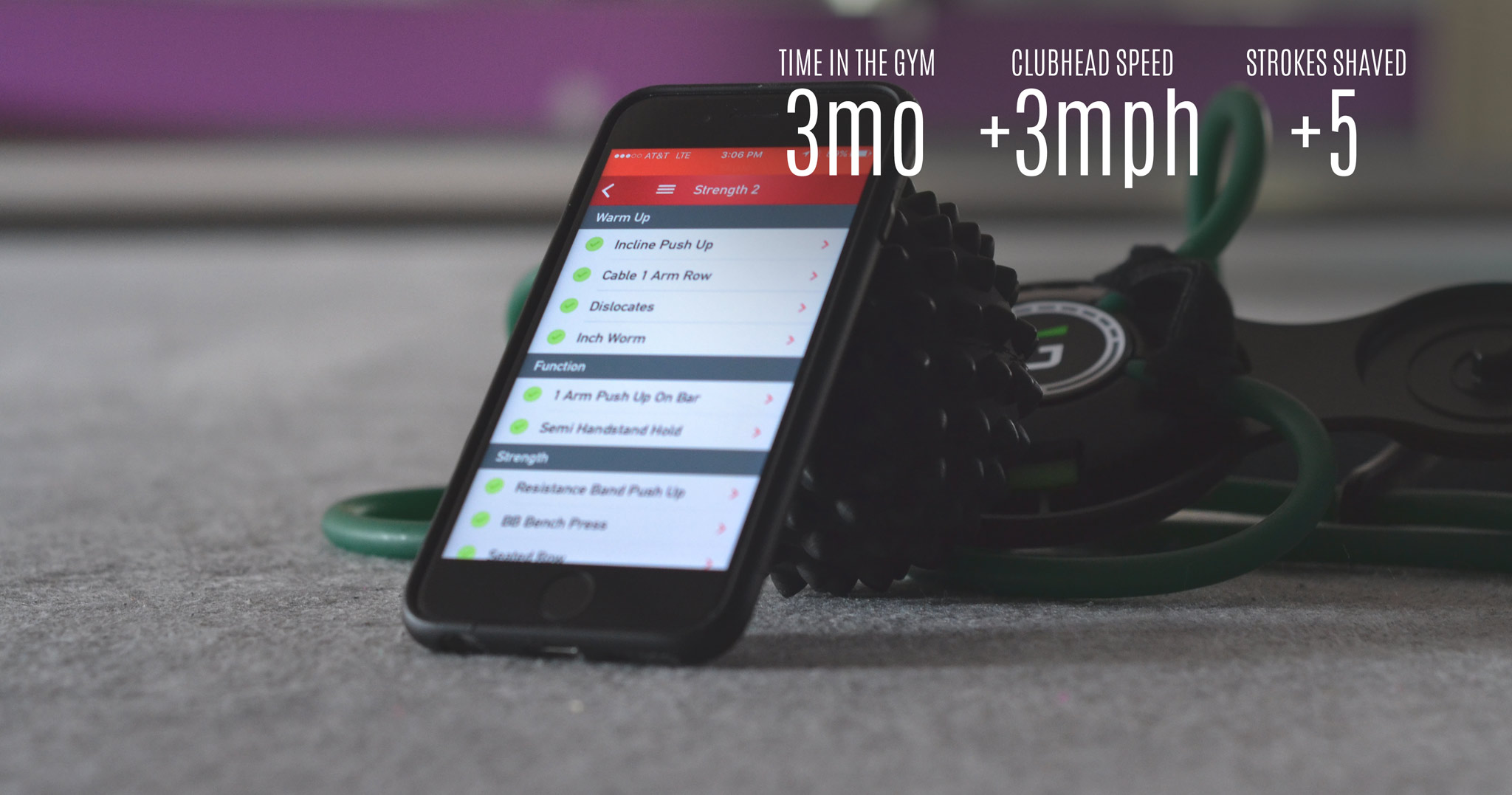
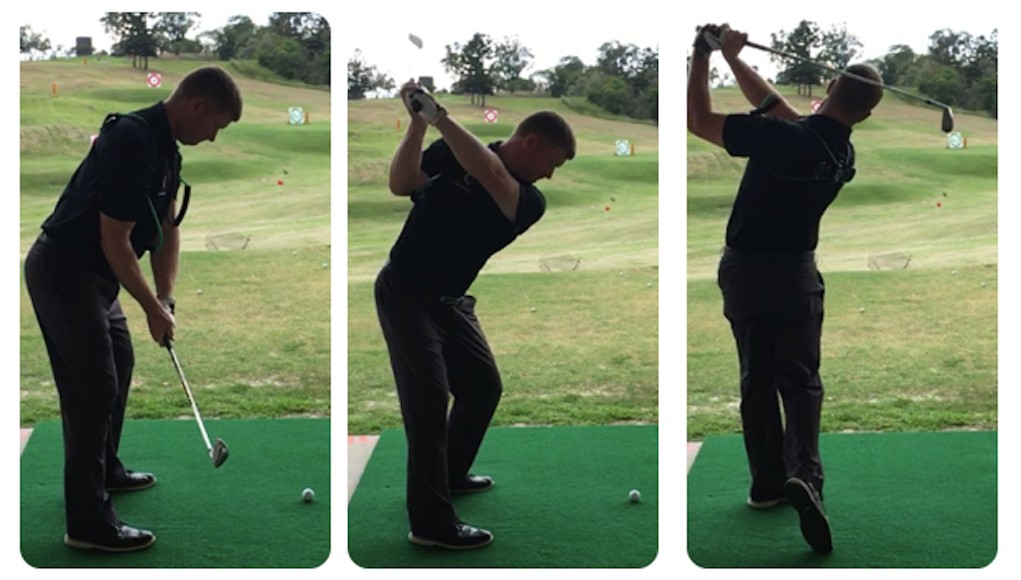
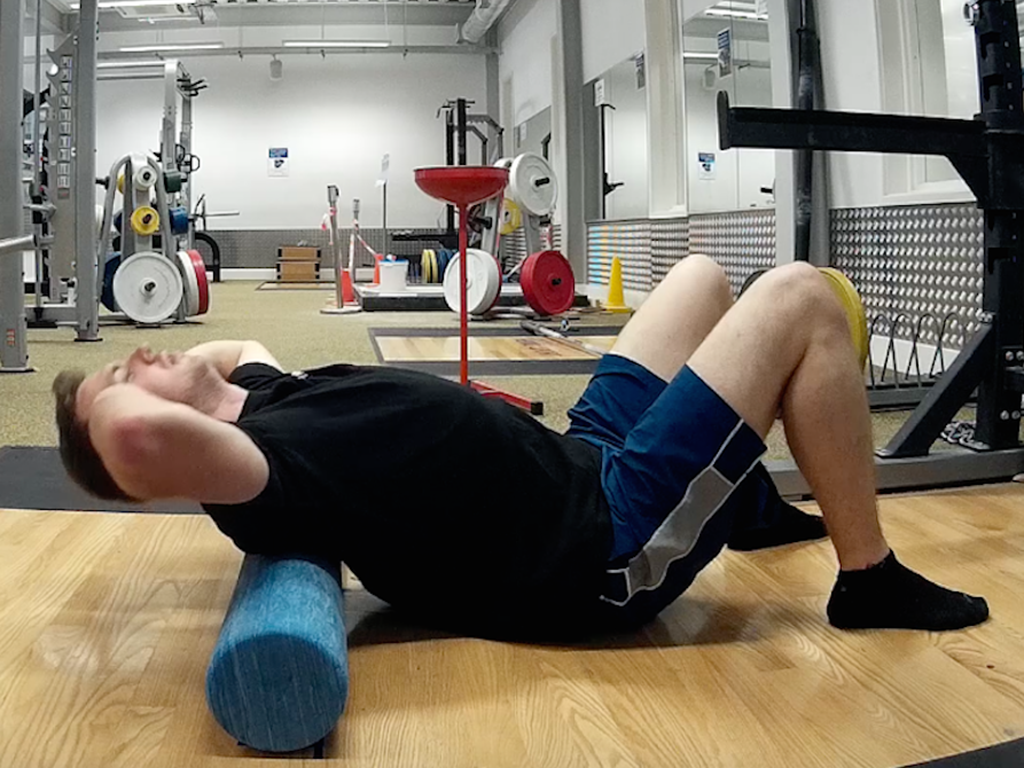








Pingback: Hip To Be Squared (Shoulders) - The Golf Shop Online Blog
Steve
Nov 5, 2014 at 3:21 pm
Could you comment on what fault you might think results in a right handed golfer having pain in the right side (mid back below scapula – rib cage area)? Is it lack of hip mobility? Swing speed around 105 mph
Nick Randall
Nov 5, 2014 at 8:02 pm
Hi Steve,
Really difficult to say without an assessment sorry. If you can get a medical or fitness professional to check your hip, thoracic and shoulder mobility that is a good start.
Dr. Frankenstick
Nov 2, 2014 at 9:11 pm
Nick, can you please send me specific recovery exercises for a rotator cuff surgery? Extensive damage means serious rehab to be ready for next spring.
Nick Randall
Nov 5, 2014 at 8:06 pm
Hi Dr. Frankenstick,
I would be happy to continue this conversation via email. I would need more information from you to do due diligence to the exercise program. Feel free to contact me at nick@golffitapp.com
Jeff
Nov 1, 2014 at 6:08 pm
Hey Nick I’ve had 2 Piriformis surgerys I the last five years. Could this be why I have no hip rotation. What should I do to strengthen my hips.
Nick Randall
Nov 5, 2014 at 8:17 pm
Hi Jeff,
It’s a strong possibility but again, I’m hesitant to commit to giving specific advice without a thorough knowledge of history and assessment.
Fore some general advice on strengthening hips then check out this post from the Golf Fit Pro facebook page:
https://www.facebook.com/golffitapp/posts/532896883493675
rockflightxl1000
Oct 31, 2014 at 2:32 pm
Hey Nick, would immobility in the scapula be a huge cause for “lifting” up as your club approaches the top of your backswing?
Nick
Oct 31, 2014 at 7:38 pm
Hi rockflighttxl1000,
If it’s the body lifting up then it’s more likely lack of mobility in the hips and/or thoracic spine.
If it’s the arms lifting up then either lack scapula mobility or stability/control could well be the cause.
Difficult to say for sure without swing video AND a physical assessment
Alex
Oct 31, 2014 at 1:11 am
Can you demonstrate or somehow convey what happens if you have too much anterior pelvic tilt? I’m wondering if/when it would become an issue.
Nick
Oct 31, 2014 at 3:51 pm
Hi Alex,
Too much anterior pelvic tilt has a couple of different negative effects:
1) A lot of strain in the lower back. The lumbar spine is being put into a position where it’s not being supported by the muscles that are supposed to be holding it in place. Not good for long term spinal health.
2) It puts the pelvis into a position that makes it hard for the hips to rotate, causing compensation from the rest of the body to get the club into a decent position.
3) It also puts the spine in a position that makes it hard to rotate from the upper back, again you’ll see compensations from either legs or arms to manipulate either the torso or the club (or both).
Hope this helps!
Alex
Oct 31, 2014 at 5:04 pm
So one of the things that leads to better striking for myself is the feeling that the butt is pushed out, what seems like a lot. It does add tension in my lower back, but my thighs and pelvis seem to be more supported.
I just notice that some pros seem to have their pelvis more tucked under their upper bodies than others. But someone like Adam Scott seems to have a bit more of it..almost S posture. But, just because his shape looks that way, doesn’t mean it’s actually too far, right? Some people have more lower back curvature?
RogerinNZ
Nov 1, 2014 at 12:35 pm
Alex, Nick,
I have spent over 18 months using a Chiropractor to
straighten me up from this type of back.Had a Huge Arch.
Plus my neck was bent over, one thigh twisted.
What i have now is a lovely smooth flow in a swing!
Spine issues gone, less stress on the body.Happiness!
Ronald
Oct 30, 2014 at 11:47 pm
Stop overthinking the swing. This article is a absolutely rediculous
birly-shirly
Oct 31, 2014 at 9:25 am
Could not agree less with this comment. The subject of the article is physical capability. If you don’t have the physical capability to make a good swing, then you’re destined to introduce compensation moves. That’s where over-thinking starts.
Nick
Oct 31, 2014 at 3:52 pm
Thank you for replying in my behalf birly-shirly. I couldn’t have put it better myself!
Andrew
Nov 2, 2014 at 5:42 am
+1
Cankles
Oct 30, 2014 at 9:41 pm
Yeah…… but you know what they say about “feet of clay”?
If you don’t have good feet and ankles, none of the above matters. It’s amazing how flexible Adam’s ankles and feet are. That’s what facilitates this whole thing. If he was stiff in his ankles, he would not be able to swing like he does.
Nick
Oct 31, 2014 at 3:41 pm
Hi Cankles,
I agree, ankle mobility is important. It just didn’t quite make it into my top 3.
Thank you for the input though.
Pingback: The 3 Most Important Areas Of Your Body For Golf | Golf Gear Select
TR1PTIK
Oct 30, 2014 at 4:16 pm
Well written with good information that can help the average golfer understand more about a) their body, and b) their swing. Any specific tips for working on those areas somewhere down the pipe?
Ronald
Oct 30, 2014 at 11:51 pm
The average golfer doesn’t need to know about the scapula. This is the biggest joke
HitEmTrue
Oct 31, 2014 at 10:29 am
Most average golfers make no real effort to improve. Not real sure that is his target audience…
Nick
Oct 31, 2014 at 3:43 pm
Spot on HitEmTrue, this article isn’t aimed at your average golfer – it’s far too technical! The information that would get delivered to the player is put much more simply, without the use of technical jargon.
Nick
Oct 31, 2014 at 3:45 pm
Hi TR1TIK,
Yes absolutely, I’ll write some articles on how to target each area with some simple exercises. Is there an area you are looking at in particular for yourself?